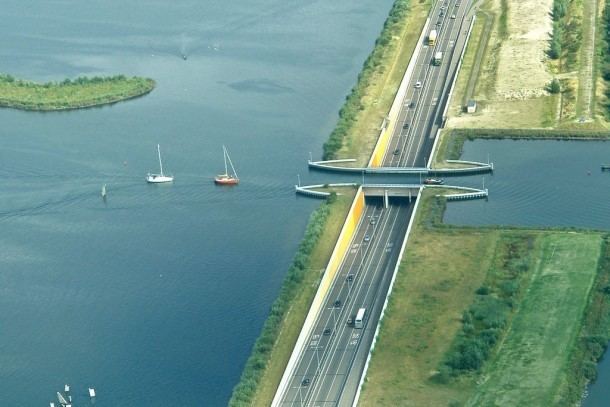Demonym(s) Harderwijker Postcode 3840–3849 | Elevation 3 m (10 ft) Time zone CET (UTC+1) Area code 0341 Local time Thursday 4:44 PM | |
 | ||
Weather 17°C, Wind SW at 18 km/h, 52% Humidity Points of interest Dolfinarium Harderwijk, Stichting Stadsmuseum Harderwijk, DolfijndoMijn | ||
Harderwijk ( pronunciation ) (Dutch Low Saxon: Harderwiek) is a municipality and a city almost at the exact geographical center of the Netherlands.
Contents
- Map of Harderwijk Netherlands
- Population centres
- The history of Harderwijk
- Veluwe
- Transport
- Notable residents
- References
Map of Harderwijk, Netherlands
Population centres
The history of Harderwijk
Harderwijk received city rights from Count Otto II of Guelders in 1231. A defensive wall surrounding the city was completed by the end of that century. The oldest part of the city is near where the streets Hoogstraat and Grote Poortstraat are today. Around 1315 the city was expanded southwards, which included the construction of what is now called the Grote Kerk (Great Church). A second, northward expansion took place around 1425. Particularly along the west side of town much of the wall still exists, although often not in entirely original form. This also goes for the only remaining city gate, the Vischpoort (Fish Gate).
Between 1648 and 1811 the University of Harderwijk operated in the city. The Swedish botanist, physician and zoologist, Carl Linnaeus graduated at this university. The university, together with the universities of Zutphen and Franeker, was abolished by Napoleon.
Harderwijk was a member of the Hanseatic League. It lies on what used to be the Zuiderzee shore (Southern Sea, now the IJsselmeer) and consequently its economy was strongly based on fishing and seafaring in general. This dramatically changed after 1932, when the Zuiderzee was cut off from the North Sea for safety reasons. Because of this, few fishing boats remain in the harbour these days, which is now mainly home to yachts. An annual event illustrating the former importantance of the fishing industry to Harderwijk is Aaltjesdag, which translates to Eel day. Fish can still be bought at stands and restaurants on the boulevard throughout the year except for the winter months. Tourists are common customers, while local people no longer make their living from the fisheries.
Today, Harderwijk is probably known best for the Dolfinarium Harderwijk, a marine mammal park where dolphin shows are held and various other marine mammals and fish are kept.
Veluwe
Harderwijk is on the western boundary of the Veluwe region and the southeastern half of the municipality consists largely of forests.
Transport
Railway Station: Harderwijk
